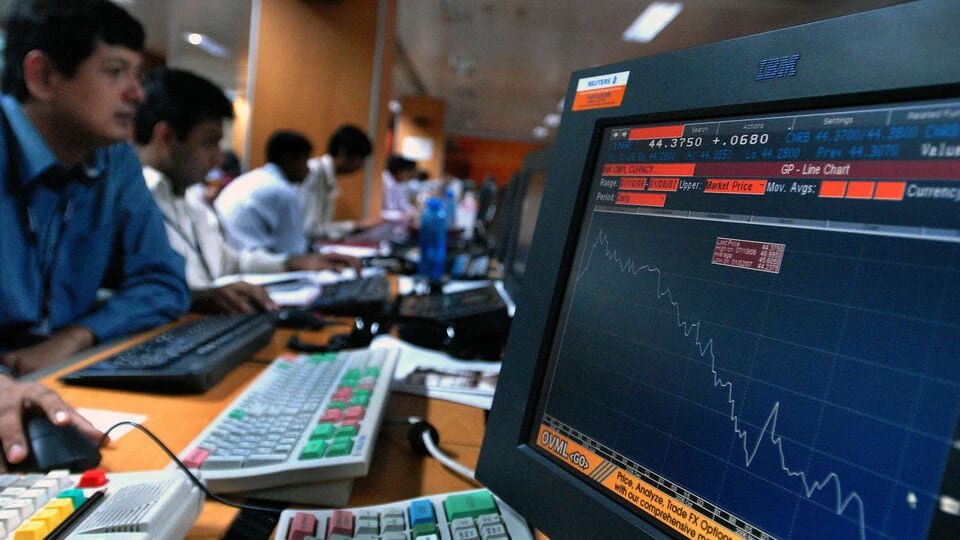A familiar pattern has emerged in recent sessions, with the market failing to hold on to its opening gains and quickly slipping into the red, with today being no exception.
Both benchmark indices began the session on a high but quickly gave up early gains, highlighting the market’s fragile sentiment. The Nifty opened the session at 24,619 and touched the day’s high of 24,731 but failed to sustain the rally, slipping 91 points from the high to trade around the 24,640 level as of 12:15 p.m.
Over the last seven trading sessions, the index has crashed 3.10% and is on track to close September with a mild gain. Sensex is also down 3.34% from the month’s high.
Markets start bullish, but a sell-off takes over
September’s market performance can be seen in two halves. In the first half, sentiment remained bullish following the GST rate cuts, which raised expectations of a consumption-led economic boost and potential earnings recovery. Optimism was further supported by the resumption of trade talks between India and the US, strengthened by the US Federal Reserve’s first rate cut of 2025.
However, that optimism quickly turned cautious after US President Donald Trump announced a hike in fees for new H-1B visas, imposing a $100,000 annual charge. This move escalated US protectionism, directly targeting India’s IT sector and threatening its $190 billion services export industry.
IT stocks were hit hard, falling up to 10%, which spilled over to overall market sentiment. The situation was further compounded by the announcement of 100% tariffs on pharma imports, deepening the sell-off and completely eroding the gains made in the first half of the month.
Combined with broader trade tensions, these developments risk reshaping US-India economic ties and India’s macro-financial stability.
Meanwhile, FPIs have continued to remain net sellers in the Indian stock market, even as they maintain a positive stance on other emerging markets. Analysts note that the lack of earnings visibility and limited progress in US-India trade talks are prompting them to withdraw significant funds from the domestic equities.
Additionally, the absence of fresh triggers and rising geopolitical tensions are keeping sentiment cautious, driving investors away from volatile assets and pushing stocks to multi-month lows.
Near-term market outlook weak, experts recommend wait-and-watch stance
Amruta Shinde, Technical & Derivative Analyst at Choice Equity Broking Private Limited, said that given the prevailing uncertainty and heightened volatility, traders are advised to maintain a cautious “wait-and-watch” stance, particularly in leveraged positions. Amruta added that booking partial profits on rallies and deploying tight trailing stop-losses remain prudent.
Fresh long positions should only be considered if the Nifty sustains above the 25,000 mark. While the broader outlook remains cautiously bullish, Shinde emphasized that close monitoring of breakout levels and global market developments will be crucial in the sessions ahead.
Dr. VK Vijayakumar, Chief Investment Strategist at Geojit Investments Limited, noted that the near-term market structure appears weak. He pointed out that sustained FII selling, and the absence of positive triggers are preventing any strong recovery in the market. Any attempt to climb is facing selling pressure.
Vijayakumar added that long-term investors can use this market drift to accumulate potential medium- to long-term winners. He highlighted that priority can be given to sectors with strong demand and order inflows. Defence stocks remain fairly valued given their robust order pipeline, high-quality financials are attractively priced, and PSU banks continue to trade at cheap valuations.
